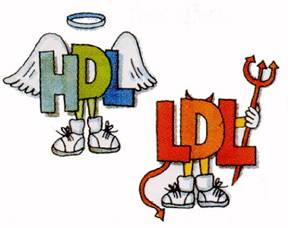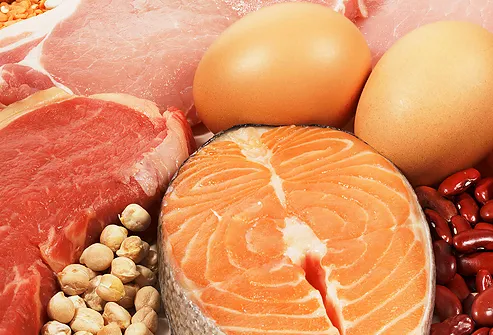
Here are some examples of healthy fat sources:
· Fish (salmon, tuna, mackerel, herring, trout, sardines)
· Seeds (sunflower, sesame, pumpkin, and flax)
· Nuts (almonds, peanuts, macadamia nuts, hazelnuts, pecans, cashews)
· Oils (Canola, Olive, Sunflower, Corn)
· Avocados












